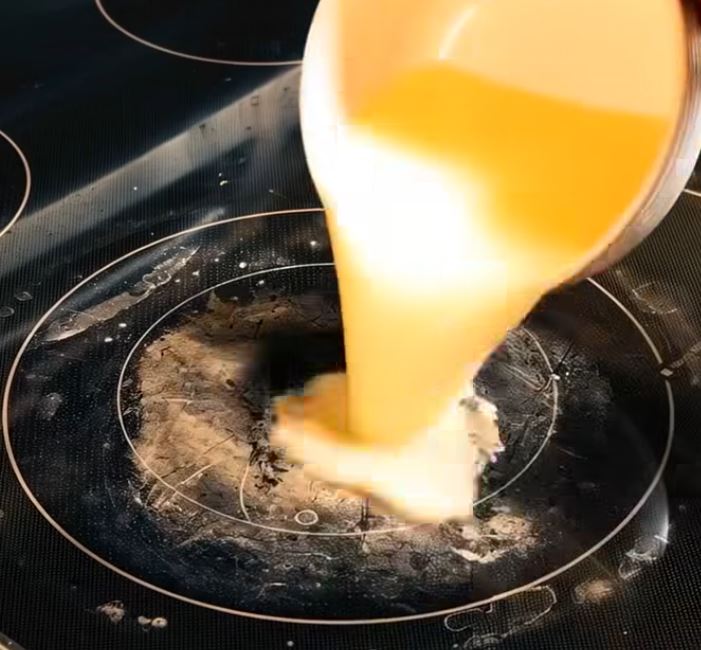Glass stove tops, whether induction or ceramic, are sleek, efficient, and easy to clean—but also vulnerable to scratches, stains, and cracks if not maintained properly.
Signs of Damage
Watch for visible scratches, chips, cracks, stubborn stains, or uneven heating. These may indicate surface or internal issues.
Assessing Severity
Clean thoroughly before judging. Light scratches are usually cosmetic, but deep cracks can compromise safety and require professional help.
When to Call a Professional
Seek expert repair if the glass is cracked, chipped, or if heating is inconsistent. Electrical issues should never be handled at home.
DIY Cleaning Tips
Use mild detergent or stove-top cleaner with a soft cloth. Baking soda paste works for tough stains. Always wipe spills quickly and avoid sliding cookware.
Mistakes to Avoid
Skip steel wool, harsh cleaners, sharp tools, or excess water. Never place hot lids directly on the glass, as they can cause cracking.
Minor Repairs at Home
For small scratches, glass repair kits with polishing compounds can help. Tiny chips may be filled with clear epoxy—only on a cool, clean surface.
Prevention & Replacement
Use flat-bottomed cookware, lift pans instead of sliding, and cover burners when idle. Replace your stove if cracks worsen, repairs outweigh costs, or it nears its 10–15-year lifespan.
With proper care and timely repairs, your glass stove top will stay both safe and attractive for years.
